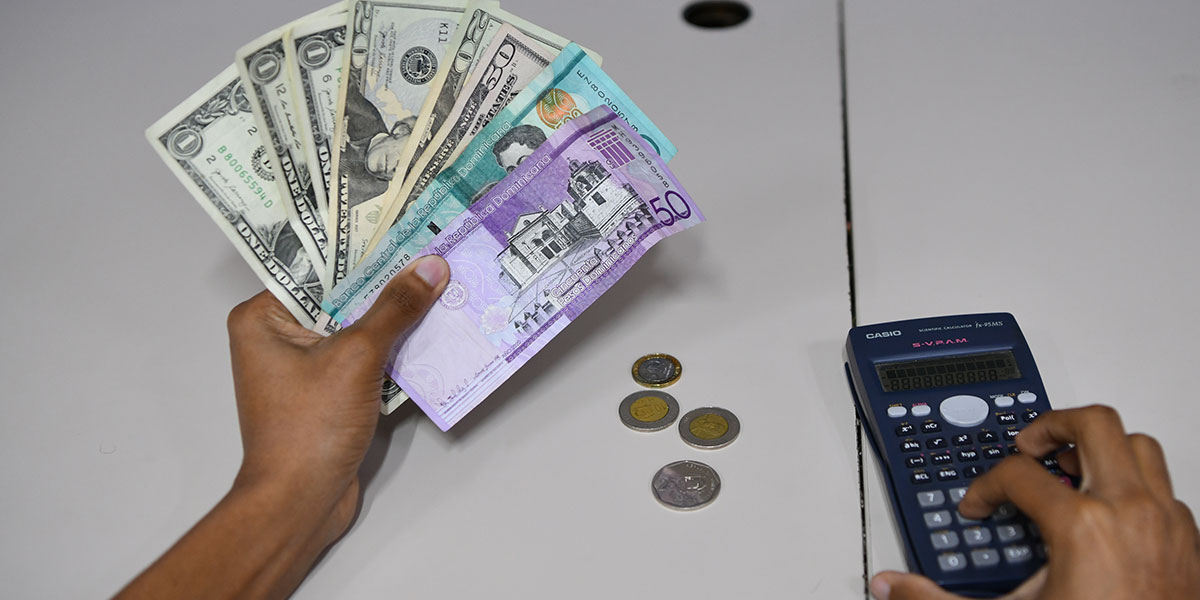As a tradition, every October 31, World Savings Day is celebrated, a date that invites us to reflect on our economy
Having money saved has allowed many people to achieve goals in the short, medium or long term. In addition, the money saved is used for any unforeseen event that may arise.
However, it is common to come across people who say: “What I earn is not enough to save”; or “I spend more than I earn”, which they say makes it difficult for them to take this important step that prepares them for the future. Given this, experts always suggest cutting expenses and saving at least 10% of our income.
A famous method to save
Although savings lovers know of various successful methods such as 50/30/20, there are still those who are waiting to find a formula that will help them with their finances.
For example, the 50/30/20 rule is easy to execute according to those who apply it, since it consists of dividing the monthly income. This budget works as follows:
With 50% the primary needs must be covered. This part includes fixed payments such as food, rent for housing, car, mortgages, electricity, water, cable, telephone rate, etc. As well as the payment of school fees in case you are studying or have children who do so, and clothing.
30% of monthly income is for day-to-day or one-off expenses that are expendable, but greatly increase quality of life. This category includes all leisure activities such as going to the cinema, going out to dinner a few days away from home or taking a vacation trip. While they recommend allocating the remaining 20% to savings goals or to pay off outstanding debts.
More and more people are adopting this method, not only because they want to save for the future, but also because they want to keep track of what they spend on a monthly basis without accounting becoming torture.
Origin of this rule
The 50/30/20 rule originates from the 2006 book All You’re Worth: The Ultimate Money Plan for Life by Harvard University bankruptcy expert Elizabeth Warren and her daughter, Amelia Warren Tyagi.
Purpose
With the 50/30/20 rule, in addition to saving, you seek to control your finances.
Popular
This saving method was popularized in 2006 by the American Elizabeth Warren.

















